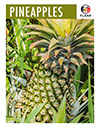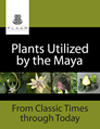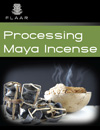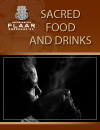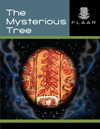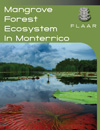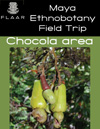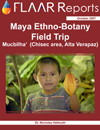What was the diet of the ancient Mayan people?
What did the Mayans eat?
There are several ways to learn about what kind of food the Mayan people ate thousands of years ago:
- excavation of middens at Mayan sites
- study of ethnohistory, what the Spanish found the Mayan people eating
- study of ethnobotany: what are the Mayan people eating today
I have spent years working in the archives of Guatemala City and an intense month or so in the Archivo General de los Indias, Sevilla, Spain.
|
Here is an example of the results of my ethnohistorical research on edible food plants of the Mayan people.
|
But you can also learn a lot by visiting Mayan people, especially in remoate aldeas and comunidades. Yes, modern junk food is everywhere. Yes, modern packaged spices are increasingly used. But there are still thousands of Mayan people who proudly raise and eat their own food, plants not from South America, North America, Europe or Asia.
Recently there was a public program by a group of Q’eqchi’ people. Three of the Q’eqchi’ and Kakchiquel Mayan speaking team at FLAAR attended this: Linda, Josefina, and Rosa. Here are their comments and their photos of this event.
Presentacion del Libro:
SABORES Y SABERES Q’EQCHI’S
Viernes 12 de Mayo de 2017 Lugar: Tienda y Cafeteria Chikach Mujeres y jóvenes de Campur, municipio de San Pedro Carcha, Alta Verapaz, son un grupo que propone la incorporación del amaranto, quilete, malanga, pacaya, achiote, camote, palma de Kala, miel de meliponas, entre otros; en su dieta, en su mayoría, pero también para vender. Así como también promueven la organización comunitaria para la producción agrícola, artesanal y pecuaria por medio de la defensa y conservación de los recursos naturales. Es importante resaltar que dicho libro este en Q’eqchi y español, y que se puede adquirir tanto en la ciudad (Cafeteria Chikach), asi como en el Restaurante Xkape Koban en Coban. Es interesante saber que es un ‘’esfuerzo de organización comunitaria nacida del esfuerzo solidario” ORCONES. Esto permite que las nuevas generaciones conozcan la comida Q’eqchi, que las abuelas utilizaban, es decir, todos los alimentos provienen de la tierra, lo que son raíces, hojas, tallos, etc. De diferentes plantas, basándose en agroecología. En esta iniciativa estuvieron involucradas 23 mujeres de distintas aldeas quienes comparten sus conocimientos, para lo cual se espera que a corto, mediano o largo plazo resultados positivos en la nutrición de la población local, regional y se espera que también a nivel nacional. Tomando como ejemplo estas iniciativas locales, como ejemplo para otras comunidades lingüísticas del país.
Josefina’s comments
Estas mujeres enseñan a las personas de la ciudad el tipo de comida que existe en pueblos mayas, en este caso la comunidad Q’eqchi’, que muchos no conocen. Porque la mayoría conocen comida ya procesada o con químicos. Ellas dieron una conferencia sobre la comida que ellas cultivan para consumo propio y a la vez para que sus hijos conozcan y aprendan la comida sana. Y así prosigan ensenando a más personas de la comunidad y de otros lugares, para que la gente continúe cosechando y consumiendo la comida saludable.
Here is the new book on Q’eqchi’ Mayan Food
  |
|
This book is so useful that the minute it was back in the office, our Q’eqchi’ gardener and plant scout, Pedro, asked if we could obtain a copy for him and his family.
|
|
Josefina, Linda and Rosa with the main hosts of the book presentation.
|
|
Josefina and Rosa learning about the mayan food through the book.
|
First posted May 17, 2017










